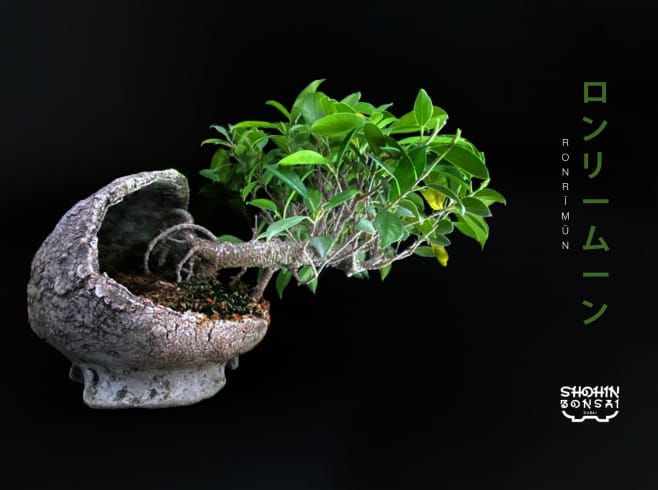How to Identify a real Bonsai tree
One immediate pronounced feature of a real bonsai tree is its ability to retain a big tree's appearance, whether in shape or root system. So when you see a real bonsai tree, you see a small tree with all the gigantic tree properties.

Here are some of the indoor bonsai trees that will fit Dubai and UAE climate:
- The tree should have a good and visible trunk line, with a natural feel that grows wider from the base to the top.
- A natural bonsai tree would have many small leaves.
- Since bonsai trees are like gigantic trees in appearance, you should see a natural spread of its root system into the soil. The corrugated root system is to indicate agedness and stability. A good bonsai tree looks like what sprung up naturally.
- A bonsai tree naturally has a triangular shape. A good bonsai tree has a well-spread root system, a large stem, and trimmed leaves that complement.
- Although real bonsai trees have a natural feel about them, their potting should have aesthetic and visual appeal. There is a beauty about their potting that flows naturally with the plants' aged look.
Because it's challenging to find real bonsai trees in Dubai and UAE, you should look out for all the properties mentioned above. But for your pleasure, look out for more things like:
How Deeply the Plant Speaks to You
Is there a personal attractiveness that you sense about the tree? What do you particularly love about the tree?
The Potting of the Plant
Check for genuineness in both the symmetry and aesthetic of the bonsai tree's pot
The wiring of the Plant
Both the shape and wiring of a real bonsai tree should be in harmony with the plant's overall appearance.
The soil
system
Natural bonsai plants require a healthy soil mix for proper growth. Because a healthy bonsai tree demands good soil, you must check the soil property for health and originality.
